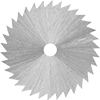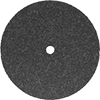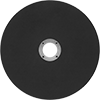Filter by
For Use On
Material
For Use With
Abrasive Material
Thickness
For Finish
Export Control Classification Number (ECCN)
DFARS Specialty Metals
Bristle Material
Manufacturer Equivalent Model
Fabricating and Machining
Raw Materials
Fastening and Joining
Sealing









































